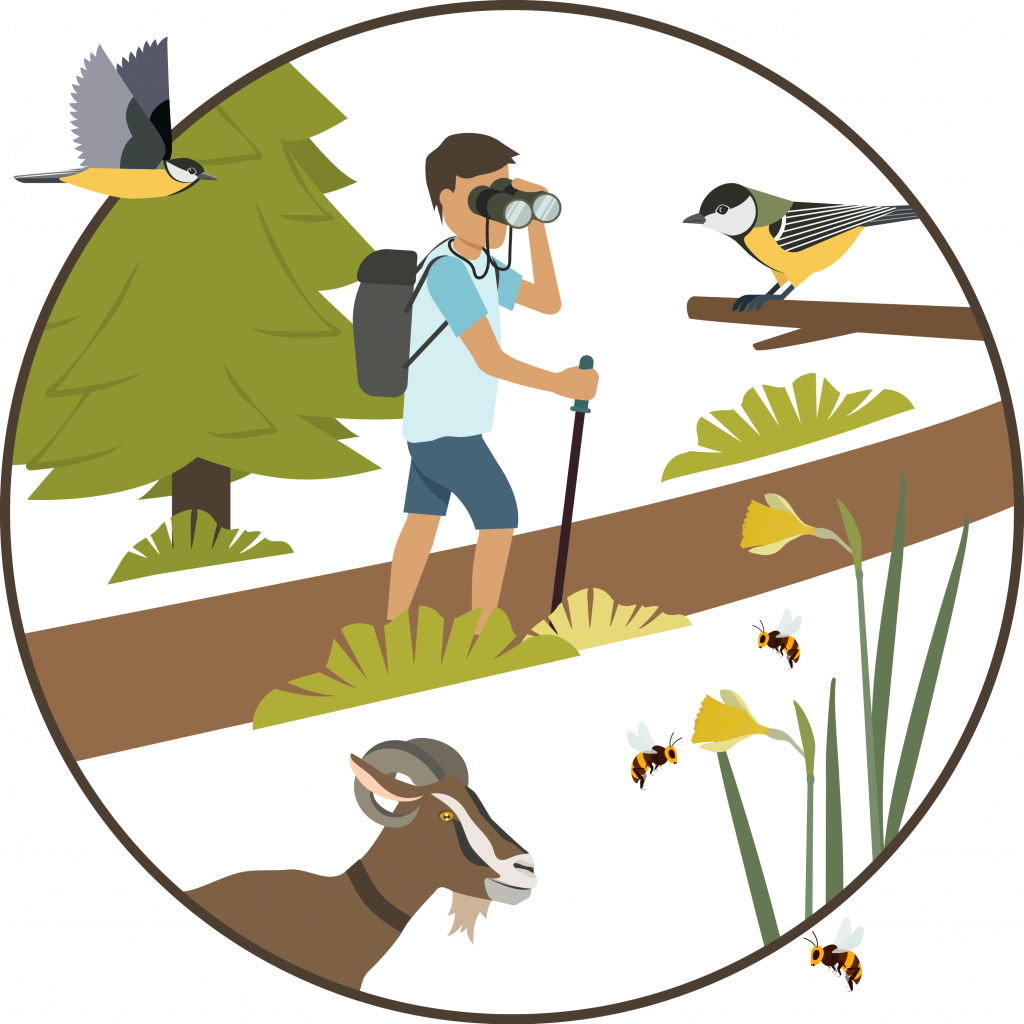
What do we do in the Ecosystem Services team?
We study the benefits that ecosystems provide to society.
Ecosystem services are the benefits that nature provides to people, and that contribute, either directly or indirectly, to individual or collective human well-being. They may be classified into three groups: the benefits that involve the supply of materials, such as the honey or mushrooms we pick to eat; the benefits involved in the protection and regulation of ecological processes, such as those that involve microorganisms that supply nutrients to the soil and make the fields fertile to grow crops; finally, there are cultural benefits too, such as the well-being we feel when hiking or enjoying a landscape.

Ecosystem services in Sierra Nevada
Find out about the ecosystem services and assets provided by mountains!
Servicios ecosistémicos en Sierra Nevada
¡Descubre los bienes y servicios ecosistémicos que nos aportan las montañas!
Descubre como la salud de los ríos empeora debido a la actividad humana.
Desde su nacimiento en la cabecera de los valles glaciares de Sierra Nevada, el estado de los ríos empeora debido a la actividad humana.
Gira tu dispositivo
How does our work benefit society?
We highlight the benefits provided by ecosystems to conserve them.
Knowing, mapping, and quantifying the benefits provided by the different ecosystems allows us to improve their management with a base of scientific knowledge. In this way, we do not only highlight the value of the role that Sierra Nevada plays as a protective space for social welfare, but also provide tools to maintain these benefits and additional arguments for biodiversity conservation.

Data generated by the team
Learn more about the data we are generating- Ecosystem services valuation by researchers, managers and citizens.
- Bayesian Belief Network (land-use scenarios).
- Pasture production model.
- Agricultural production.
- Hydrological model products.





